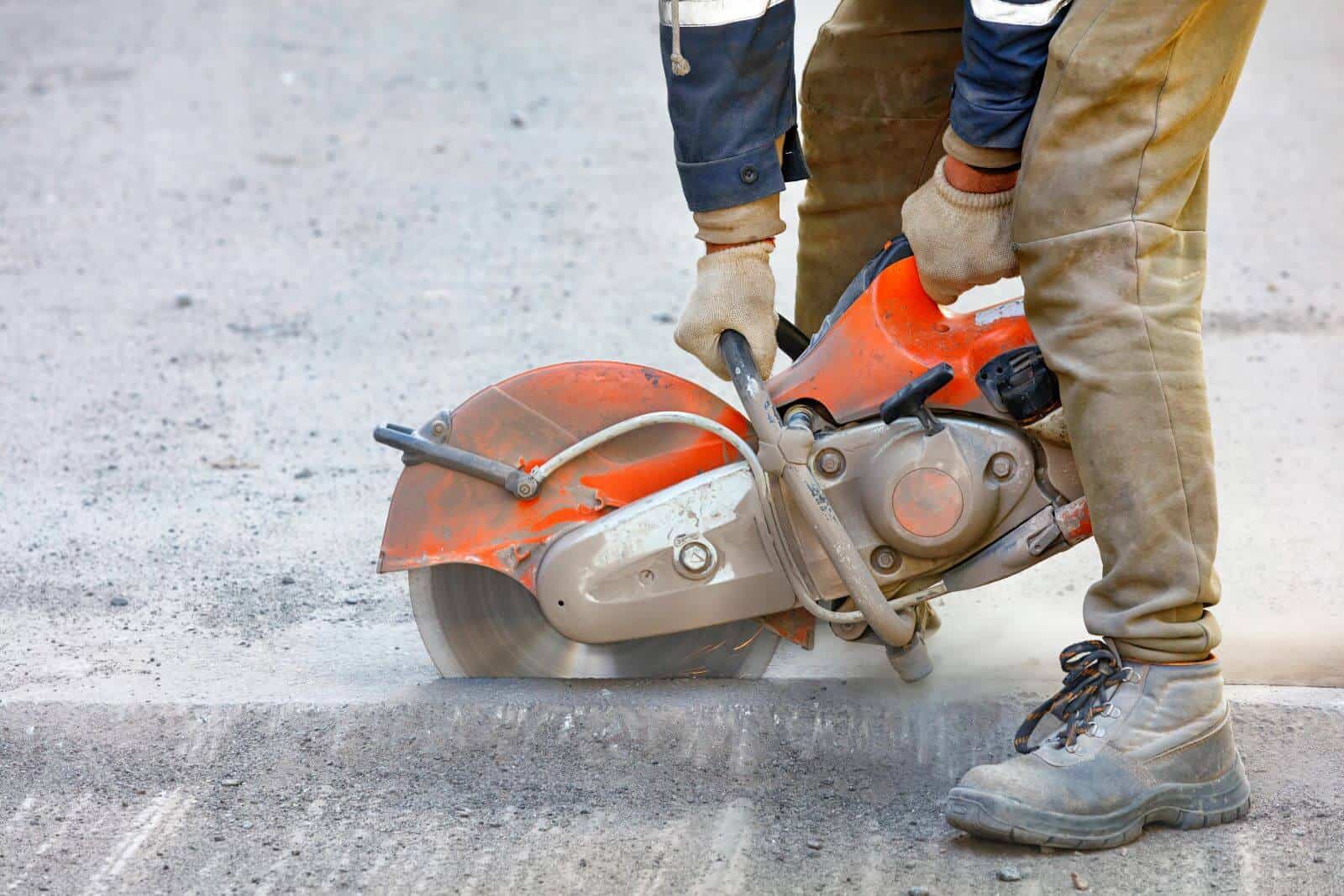
The Startling Statistics
Why is it that less than three out of every 1,000 births involve congenital hearing loss, but among people aged 75 years old & above it is more common than not to experience hearing loss?
Almost 14% of the U.S. population aged 18 & above lives with some detectable degree of hearing loss. But studies estimate that only around 20% of these people treat their hearing loss with the attention & care that it deserves.
These statistics likely surprise you. And while it is true that every person who experiences hearing loss does so in their own unique way, there are some similarities to the experience that may help us better understand these numbers.
Common Experiences of Hearing Loss
Very rarely hearing loss is the consequence of a sudden trauma or accident, such as a loud explosion immediately injuring one’s ear drum. And in these rare cases, of course a sudden injury most often provokes a sudden response.
But the overwhelming majority of people with hearing loss experienced it coming on very gradually. In fact, it frequently comes on so gradually that it is impossible to notice. So without a sudden & obvious onset, there is no sudden & obvious provocation to take action.
All manners of common recreational activities involve normalized exposure to dangerous sound levels. Loud concerts & roaring arenas of sporting events are obvious examples. But playing video games with the volume cranked or even commuting or exercising with your earbuds blasting are dangerous habits to get into all by yourself.
The Threat at Your Workplace
Certain professions all but guarantee regular exposure to potentially dangerous volume levels. People who work in these industries have to vigilantly maintain healthy habits to prevent hearing loss.
The Music Industry
From the sound engineers doing a band’s live mix to the doormen & waitstaff serving the crowd, being around dangerous sound levels night after night is a risk to everyone who works in the music industry.
The Service Industry
The volume of background chatter increases as a crowd gets more & more dense and each person struggles to be heard over the roar of the whole group. At the same time the music gets turned up a little at a time to keep up with the increased roar of the crowd. Bartenders, servers, cooks, and hosts are at risk for hearing loss.
Airports
Anyone who has been on a plane knows the roar of an engine at takeoff. This is dangerous for the flight crew and airport personnel exposed to this over & over each day.
Emergency Services
We all cover their ears at the blare of a siren without even thinking to do so. Imagine the ambulance drivers, both hands on the wheel, sitting under its blare all day, every day.
Ototoxic Chemicals
Some industries pose a compounded risk thanks to exposure to ototoxic chemicals. Ototoxic chemicals are chemicals that damage your central auditory systems, potentially causing hearing loss when inhaled, ingested, or absorbed through the skin. They also create chaos in your sense of balance. Their impacts can be severe or mild, permanent or temporary.
Exposure to ototoxic chemicals in environments with dangerous sound levels creates a negative synergy, meaning that even if the risk factors of both the sound & the chemicals are below permissible exposure limits, they can still cause lasting damage.
Industries that rely on ototoxic chemicals include:
Construction
Construction work involves exposure to solvents in paints, paint strippers, glues, and thinners used to dissolve and dilute other substances.
Manufacturing
Many different sectors of the manufacturing industry create dangerous fumes and residues. Examples include fabricated metals, apparels and textiles.
Agriculture
Pesticides and herbicides can either be inhaled by farm workers or absorbed through their skin when they touch soil or crops.
Utilities
Maintaining, distributing, and delivering natural gas, electricity and water, and the overseeing sewage removal all involve regular proximity to dangerous chemicals.
Mining
The most dangerous industry of all is mining. The sound levels on their own would be bad enough, but the chemical residue is also hazardous.
Prevention is Key
Working in any of these industries means taking the initiative to adopt simple preventative habits. Common foam earplugs that you can find at any pharmacy reduce sound levels by 15-30 decibels. Custom earplugs that filter out specific frequencies according to your personal needs will make an even greater impact. And remember that the guidelines that determine permissible workplace exposures assume that you leave work & are exposed to no additional noise. If you work in any of these industries, you must remain conscientious of your hearing health 24/7.
Make an appointment with one of our specialists today to determine what is just right for your unique needs.
